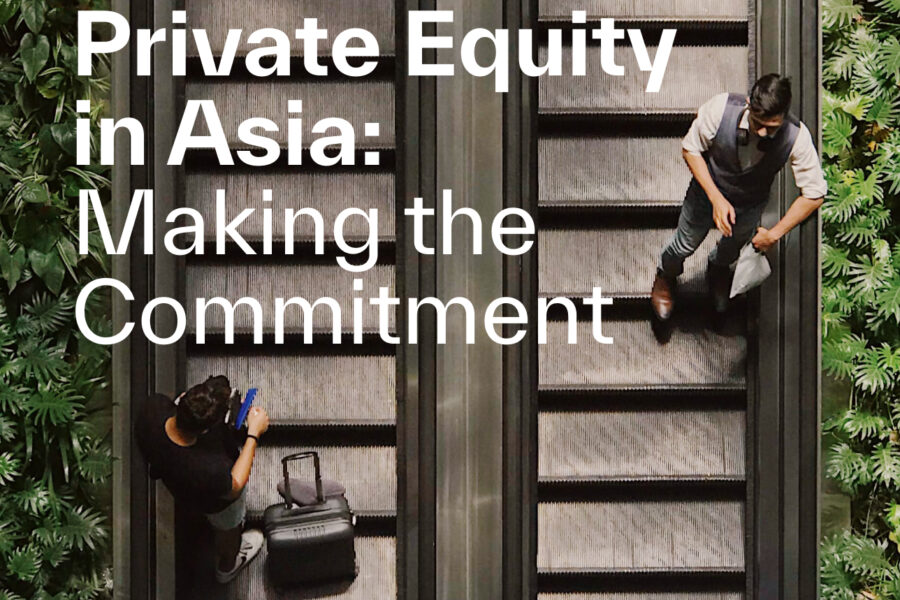Sustainable Tourism + Branding
After more than a two-year hiatus, Ho Chi Minh City’s iconic Ben Thanh market has come back to life. The once familiar sight of tourists and travellers is returning, no doubt to the relief of many tenants as well as hotel operators.
But the world has since changed.
Sustainability is becoming a major topic of interest and concern for cities and countries worldwide. Issues such as mistreatment of tourism waste, overcrowding, and overtourism challenge the existing paradigms of tourism. They threaten the reputability of the industry for locals and tourists. As such, there is systemic change across the board, spurring responsible travel and the rise of sustainable tourism.
This is the reality facing Vietnam today. There is major cause for change since Vietnam finished in the bottom five of a global sustainable tourism ranking, placing 96th out of 99 countries, according to Euromonitor International. The country lagged behind other Southeast Asian neighbours like Laos (#51), Myanmar (#59), and Cambodia (#74) according to another research paper.
Does Vietnam’s tourism and hospitality sector find itself at something of a crossroads and can it reinvent itself for a sustainable future?
Tourism as a sustainable economic opportunity
Home to eight UNESCO World Heritage Sites, Vietnam was beset with various sustainability challenges such as plastic waste at popular destinations. About 13 million tons of plastic is released into the ocean per year based on reported findings. Meanwhile, remote ethnic groups are subject to exploitation by private logging and private development interests. Sapa was one such places where beautiful rice terraces and mountainous ranges turned into a perpetual construction site clouded by dust.
Tourism cannot be viewed merely as a tool to boost the economy. There are evident consequences of blindly allowing visitors into the country without regulation. It has caused a strain on the environment, society, and infrastructure. Though, it is not the sole reason for blame. Lack of government policy governing tourist behaviour and conduct, education on sustainability among local communities, and sustainable options on packaging and services all contribute to a worsening situation.
Sites and signs of optimism
But there is hope. Surveys reveal that demand for sustainable tourism is a growing trend. 79% of holidaymakers responded that “everyone must act now to protect the planet for future generations”. A few destinations already implemented their own sustainability policies in their operations:
- Hoi An, an ancient heritage town, restricts single-use plastics and plastic bags. It also banned motorbikes and cars from its town centre eight hours a day to promote pedestrian-friendly streets.
- Bhaya Cruises in Ha Long Bay spearheads a regular programme to clean up the bay and operate responsibly in reducing waste generation.
- Son Doong, the world’s largest cave, located at the Phong Nha Ke Bang National Park, restricts the total number of visitors to a thousand per year to prevent crowding. They also actively employ and cooperate with the locals, especially those who used to be hunter-gatherers or have had no official employment, allowing them to earn a sustainable livelihood.
To protect Vietnam’s cultural heritage, the opportunity lies in embracing sustainability. Changes in perception, behaviour, and preferences for sustainable destinations have reached critical mass, demanding that greener and more transparent practices are implemented across the value chain.
Sustainable Destination Branding
While the application of environmentally friendly practices is crucial, the communication of these initiatives is equally so. Communication and branding are critical success factors to reinvent Vietnam into a leader of sustainable tourism. The country, along with its heritage sites, can shift public perceptions to appeal to the market trends for greener tourism opportunities.
Place branding or sustainable destination branding differentiates a location. It communicates these differentiators to visitors, tourists, and even the local community, improving sentiments of the place, and influences positive behaviour. It ensures that the true value of place is sustained over time, both culturally and economically.
This article was first published in Sustainable Vietnam: A Focus on Sustainability, Partnerships, and Impact on 18 August 2022.








